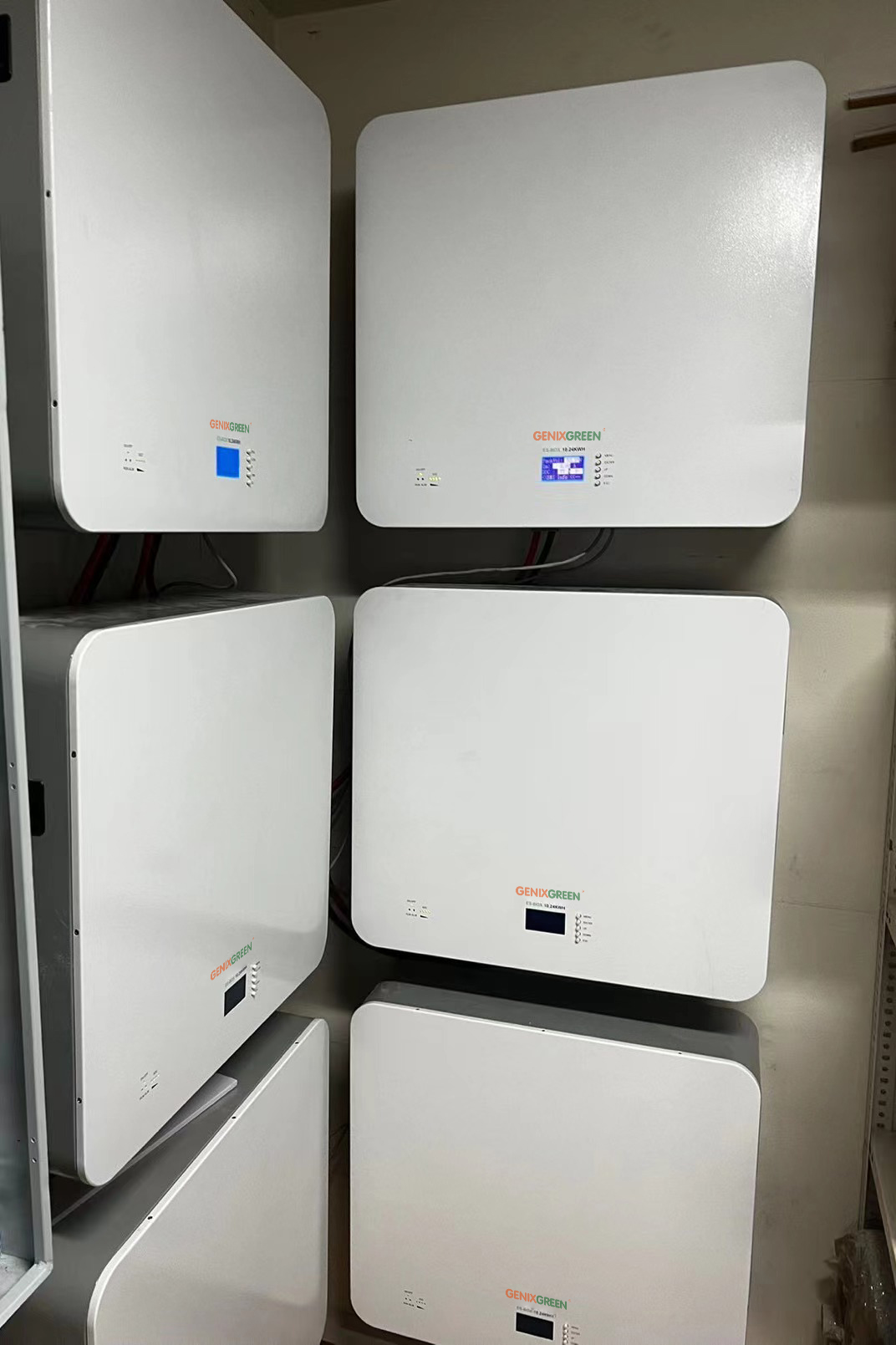The International Electrotechnical Commission (IEC) is an organization that sets technical standards for the size and type of batteries. Battery standards are developed by two organizations, the International Electrotechnical Commission (IEC) and the American National Standards Institute (ANSI).
There are three different committees within the IEC that develop standards for batteries. TC21 (lead-acid batteries), SC21 (other secondary types), and TC35 (primary types). Each of these committees publishes standards related to the nomenclature of their respective types of batteries.IEC 60095 is used for lead-acid starter batteries, IEC 61951-1 and 61951-2 for NiCd and NiMH batteries, IEC 61960 for lithium-ion batteries, and IEC 60086-1 for primary batteries.
There are currently two organizations that deal with battery standards on a global basis. The International Electrotechnical Commission (IEC) and the American National Standards Institute (ANSI). the IEC deals with non-rechargeable portable primary batteries numbered 60086. the IEC standard applies to any non-rechargeable portable battery worldwide. The equivalent American standard for other forms of batteries is ANSI, specifically the ANSI C18 series. This series was developed by a committee of the National Electrical Manufacturers Association (NEMA).
All employees handling or involved in the transportation of lithium batteries must be certified by the Department of Transportation (DOT) to perform their duties. They must be certified in accordance with 49 CFR 173.185 regulations originally issued by the Pipeline and Hazardous Materials Safety Administration (PHMSA).
Shipments of lithium-ion batteries must follow the following guidelines at the time of shipment, or fines or legal action may be imposed on the shipper.
Lithium-ion batteries must not contain more than one gram of lithium per cell.
Each lithium-ion battery must not contain more than two grams of lithium.
Packages must have a complete and authentic return address.
Packages containing uninstalled batteries must have a DOT approved lithium battery mark (UN3090).
Another requirement for shipping lithium-ion batteries is when shipping to international destinations; lithium-ion batteries cannot be shipped separately. They must be installed in the equipment in which they operate. Packages containing lithium-ion batteries that are not installed in their equipment are not allowed to be shipped.
Before shipping lithium-ion batteries inside your equipment, you must keep the following points in mind.
Regulations regarding the power and quantity of batteries and cells change frequently and you must read their updated versions before shipping.
Ask about the regulations of the receiving destination, as they may differ from the regulations in your home country.
If the device is damaged, make sure that the internal lithium-ion battery is also not damaged.
Make sure that the lithium-ion battery is not protruding from the device.
It is also worth noting that defective batteries are considered hazardous materials and are not allowed to be shipped anywhere.
The packaging process for devices containing lithium-ion batteries is very important. It is recommended that you use a professional packaging organization to help you with this process. When packing equipment with lithium-ion batteries inside, it is important to follow the following regulations.
Using strong, high-quality packaging materials is essential. Do not use cheap materials.
Equipment must be packaged in a manner that prevents it from moving during shipping.
Add a return address and emergency contact number to the package.
Lithium battery handling labels must be placed on the package in a clear manner and must not be folded.

When shipping equipment containing lithium-ion batteries by air; you must write the phrase "lithium-ion batteries in accordance with section 2 of PI967". This phrase must be written in a legible manner and only in English. Finally, make sure your shipment is well packaged, well labeled, and contains the entire required documentation.
Just like gasoline, sulfuric acid, and other hazardous materials. Lithium-ion batteries are considered just as dangerous as these commodities. Most lithium ion batteries can be safely transported and used. The risk comes from overheating; when a lithium-ion battery overheats, it catches fire. Since lithium is a very reactive material, once one cell catches fire, others will follow, which will eventually lead to an explosion.
Most fire protection systems and fire extinguishers are unable to suppress a fire caused by a lithium reaction. This is why extreme care is taken when packaging lithium-ion batteries. This will prevent the battery from shorting out and overheating.
You can ensure the safety of your shipment if you follow these tips.
Prevent lithium-ion batteries from coming into contact with any conductive material.
The device must be protected against accidental activation.
Before shipping, contact your shipping company to ensure which devices can be activated during shipping and which cannot.
Devices with a high chance of overheating must be packed in special packaging material that can act as a cooler for the battery regardless of the surrounding temperature.
A non-conductive crossover must be placed between devices that contain a lithium-ion battery inside.
Ensure that no lithium-ion battery comes in contact with another lithium-ion battery.
Lithium-ion batteries must not be near any metal surface during transport.
Exposed terminals and connectors must be covered with non-conductive material.
If the capacity of the lithium-ion battery in shipment exceeds 100 Wh, then; a hazardous materials contract is required.
If you are shipping lithium-ion batteries by air, ask about the average temperature inside the cargo plane. If it is at risk of overheating - based on the lithium-ion manual - then do not ship the battery.
Small lithium-ion batteries are exempt from most safety regulations because of their small size. That's why it's important to check the shipping regulations for lithium-ion batteries before each shipment to keep them up to date.
It is recommended that lithium-ion batteries be kept below 30% capacity before packing them. Any more and the shipment will be rejected.
If the package exceeds 5 kg, a dangerous goods contract is also required.
Finally, it is important to remember that lithium ion batteries are a hazardous material and should be handled with extreme care.
